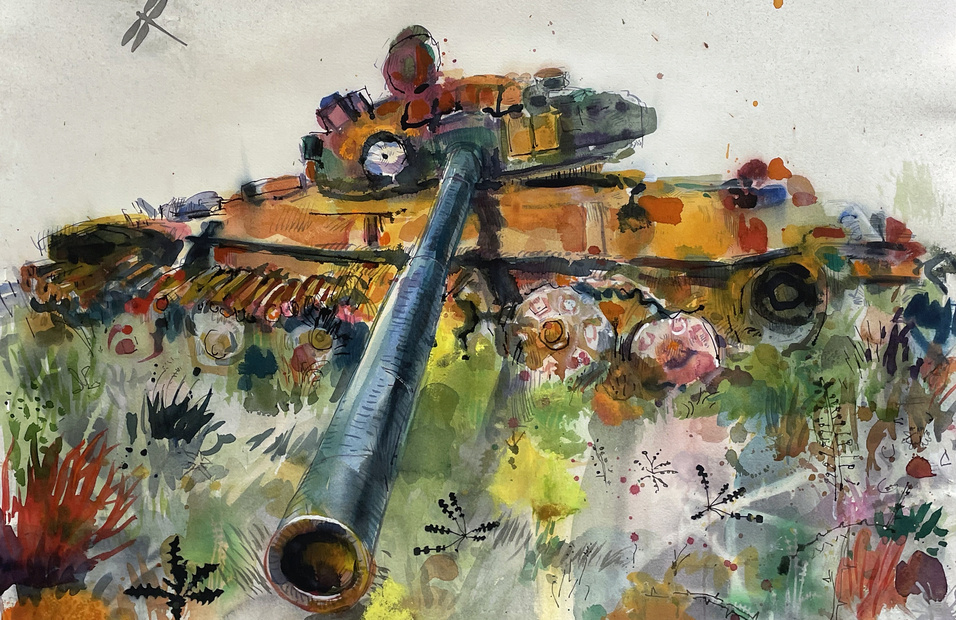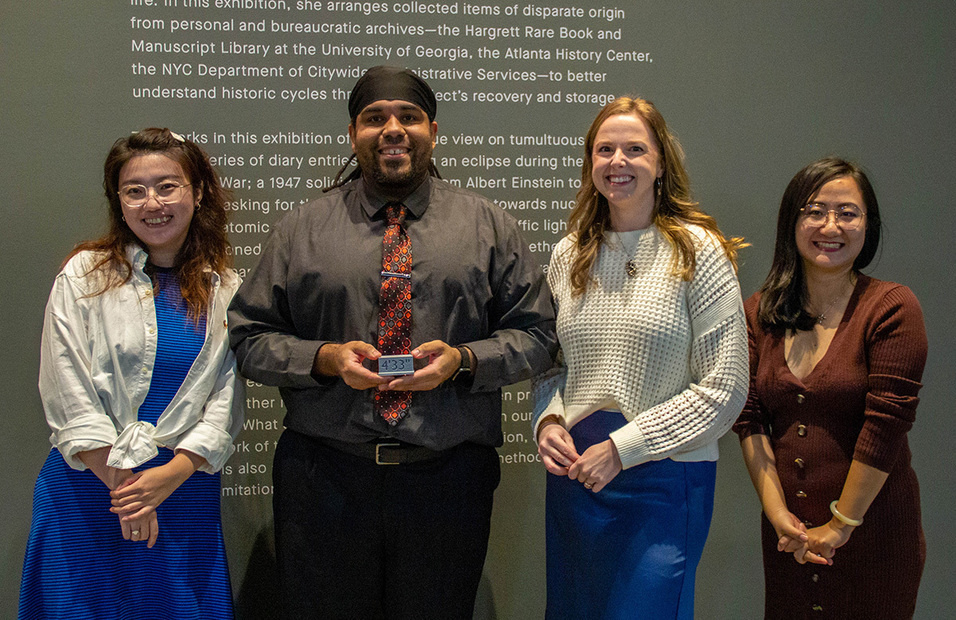Artist Talk – Joe Peragine: “Hell on Wheels Redux”
November 10th, 2025 at 5:30 pm

Date & Time
November 10th, 2025 at 5:30 pm
Location
Willson Center for the Humanities & Arts | 1260 S. Lumpkin Street
Type of Event
Lectures
Academic Area
Drawing & Painting
Sponsor
Willson Center for Humanities & Arts
Featuring
Joseph Peragine
Host/Contact
Joseph Peragine
The Willson Center for Humanities and Arts is hosting Hell on Wheels Redux, an installation of works by artist Joe Peragine, director of UGA’s Lamar Dodd School of Art. This artist talk is part of the university’s 2025 Spotlight on the Arts festival. All are welcome to attend.
Peragine’s paintings, sculpture and animation have been presented widely in galleries, contemporary art spaces, and museums throughout the country and internationally. The scope of Peragine’s multi-disciplinary practice encompasses public art projects and commissions, including exhibitions at Art in General in New York City; Islip Museum of Art, West Islip, NY; Sunken Garden Park, Atlanta; and an installation for the Hartsfield Jackson International Airport, Atlanta, for which he was awarded an Atlanta Urban Design Commission Award of Excellence for Public Art, as well as being noted as one of the best public art projects in 2001 in Art in America.
From the artist: The earliest works in this series are watercolors done on location while teaching in Normandy, France, where decommissioned Sherman Tanks are common. They sit in front of memorials, outside museums, and in the town squares of small villages. The work grew from quick sketches of local color into a broader investigation of the tank as an object, symbol, and metaphor. Though outwardly powerful, the Sherman Tank was under-gunned and under-armored compared to its German counterparts. This contradiction between appearance and reality—power and weakness—runs through the series. Hell On Wheels Redux includes recent drawings based on news images of the Ukrainian | Russian war, where destroyed Russian tanks are now being left in place, much like the Shermans were in Normandy. Burned-out, torn open, and sinking into the earth, they carry the marks of battle—charred paint, twisted steel, and missing treads. Over time, they shift from being weapons to becoming memorials and reminders, marking both the destruction and the resilience of the people who lived through it.





